-
 Bitcoin
Bitcoin $117700
-1.00% -
 Ethereum
Ethereum $4458
-3.91% -
 XRP
XRP $3.119
0.14% -
 Tether USDt
Tether USDt $1.001
-0.02% -
 BNB
BNB $836.6
-1.56% -
 Solana
Solana $189.5
-3.90% -
 USDC
USDC $0.9998
-0.02% -
 Dogecoin
Dogecoin $0.2335
1.29% -
 Cardano
Cardano $0.9642
1.51% -
 TRON
TRON $0.3539
-1.19% -
 Hyperliquid
Hyperliquid $47.41
-1.84% -
 Chainlink
Chainlink $21.92
-3.28% -
 Stellar
Stellar $0.4286
-0.23% -
 Sui
Sui $3.724
-3.29% -
 Bitcoin Cash
Bitcoin Cash $594.8
-0.78% -
 Ethena USDe
Ethena USDe $1.001
0.04% -
 Hedera
Hedera $0.2501
-2.06% -
 Avalanche
Avalanche $23.96
-4.87% -
 Litecoin
Litecoin $119.0
-2.32% -
 Toncoin
Toncoin $3.473
0.82% -
 UNUS SED LEO
UNUS SED LEO $9.596
0.17% -
 Shiba Inu
Shiba Inu $0.00001301
-0.39% -
 Uniswap
Uniswap $11.03
-0.25% -
 Polkadot
Polkadot $3.935
-2.62% -
 Dai
Dai $1.000
0.01% -
 Bitget Token
Bitget Token $4.564
-1.76% -
 Cronos
Cronos $0.1512
-4.11% -
 Ethena
Ethena $0.7306
-1.09% -
 Pepe
Pepe $0.00001087
-2.68% -
 Aave
Aave $300.2
-4.00%
How to view the creation date of the wallet in imToken?
ImToken doesn't show wallet creation dates; however, the first transaction's timestamp, viewable in-app or via blockchain explorers like Etherscan, provides a close estimate. Use third-party tools cautiously.
Mar 22, 2025 at 02:07 pm
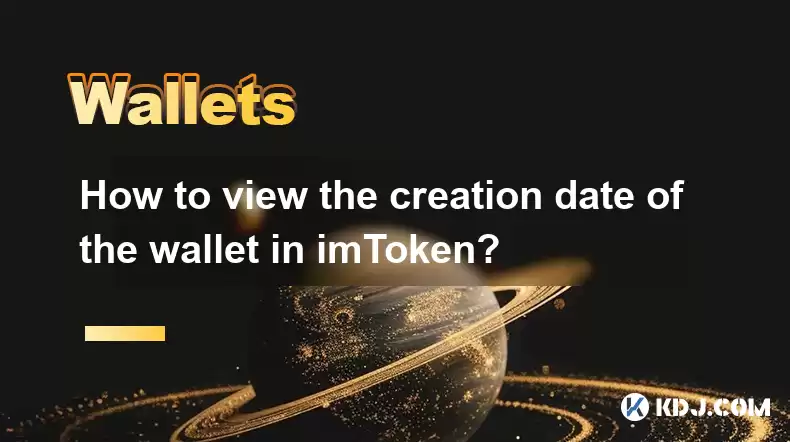
Key Points:
- ImToken doesn't directly display a wallet's creation date.
- You can estimate the creation date using transaction history or blockchain explorers.
- Third-party tools might offer more precise information, but use caution.
- Focusing on the first transaction is the most reliable method.
How to View the Creation Date of the Wallet in imToken?
Unfortunately, imToken itself doesn't provide a feature to directly display the exact creation date of a wallet. This is a common limitation across many wallet providers, prioritizing user privacy and security over detailed metadata. However, there are several methods you can employ to estimate the creation date.
Estimating the Creation Date Using Transaction History
The most reliable way to approximate your wallet's creation date involves examining your transaction history within the imToken app. Look for your very first transaction. The timestamp associated with this transaction represents the earliest point at which your wallet was actively used on the blockchain. While this isn't the precise moment of creation, it offers a highly accurate estimate. Remember, the wallet must have existed before its first recorded transaction.
Leveraging Blockchain Explorers
Blockchain explorers, such as Etherscan for Ethereum or BscScan for Binance Smart Chain, provide detailed information about transactions on the respective blockchains. If you know the address of your imToken wallet, you can paste it into the explorer's search bar. The explorer will then display all transactions associated with that address, chronologically ordered. The oldest transaction's timestamp again serves as a close approximation of your wallet's creation date.
Third-Party Tools (Use with Caution)
Some third-party tools claim to offer more detailed wallet information, including creation dates. However, exercise extreme caution when using such tools. Always verify their legitimacy and security before providing any sensitive information. Many are unreliable or potentially malicious, posing a risk to your cryptocurrency holdings. It's generally safer to rely on the methods outlined above.
Understanding the Limitations
It's crucial to understand that these methods provide estimates, not precise dates. There might be a time gap between wallet creation and its first recorded transaction. The wallet could have been created, but remained inactive for a period before its initial use. Therefore, the date derived from the first transaction is the earliest possible date of active use, not necessarily the precise creation date.
Using Multiple Methods for Verification
To increase confidence in your estimate, it's recommended to utilize both the imToken transaction history and a blockchain explorer. Comparing the timestamps from both sources can help you narrow down the possible creation date range. Remember to always double-check the data and remain aware of potential discrepancies.
Privacy Considerations
The lack of a direct creation date feature in imToken is partly a design choice to prioritize user privacy. Displaying a precise creation date might reveal more information about your activity than is strictly necessary.
Step-by-Step Guide to Finding the Earliest Transaction:
- Open imToken: Launch the imToken application on your device.
- Access your wallet: Navigate to the specific wallet whose creation date you want to determine.
- View Transaction History: Look for the option to view your transaction history within the wallet details. This is usually easily accessible.
- Identify the Oldest Transaction: Scroll through your transaction history until you locate the very first transaction.
- Note the Timestamp: The timestamp associated with this transaction provides an approximate creation date.
Step-by-Step Guide to Using a Blockchain Explorer:
- Find a relevant explorer: Determine the appropriate blockchain explorer based on your wallet's network (e.g., Etherscan for Ethereum).
- Enter your wallet address: Paste your imToken wallet address into the explorer's search bar.
- Review Transaction History: The explorer will display a chronological list of transactions.
- Locate the Earliest Transaction: Identify the oldest transaction listed.
- Check the Timestamp: The timestamp of this transaction provides an approximate creation date.
Frequently Asked Questions (FAQs)
Q: Why doesn't imToken show the wallet creation date?
A: ImToken prioritizes user privacy. Displaying the creation date could potentially expose more information than necessary.
Q: Is the first transaction date always the creation date?
A: No, it's the earliest date of recorded activity. The wallet could have existed before the first transaction.
Q: Are third-party tools reliable for finding the creation date?
A: Use extreme caution. Many are unreliable or potentially malicious. Prioritize the in-app transaction history and blockchain explorers.
Q: What if I have no transactions in my wallet?
A: If there are no transactions, you won't be able to estimate the creation date using these methods. The wallet may be brand new and unused.
Q: Can I find the creation date if I've deleted transactions?
A: Deleted transactions from your imToken app might still be visible on the blockchain explorer, allowing you to find the earliest transaction. However, if the blockchain itself has been pruned of that data, it would be impossible to retrieve.
Disclaimer:info@kdj.com
The information provided is not trading advice. kdj.com does not assume any responsibility for any investments made based on the information provided in this article. Cryptocurrencies are highly volatile and it is highly recommended that you invest with caution after thorough research!
If you believe that the content used on this website infringes your copyright, please contact us immediately (info@kdj.com) and we will delete it promptly.
- Kazakhstan's Crypto Leap: Bitcoin ETF and Central Asia's Digital Finance Future
- 2025-08-13 12:45:19
- BlockDAG Presale Blazes Past $371M: Fundraising Frenzy Fuels Crypto Sensation
- 2025-08-13 13:05:21
- Meme Coins: Chasing the 2025 Surge – Which Will Moonshot?
- 2025-08-13 10:25:23
- Bitcoin's Wild Ride: Rally, Pullback, and What's Next
- 2025-08-13 10:25:23
- Bitcoin, Bitmax, and Institutional Demand: A New Era of Crypto Investment
- 2025-08-13 10:45:12
- Solana, ROAM, and Airdrops: What's the Buzz in 2025?
- 2025-08-13 11:35:13
Related knowledge
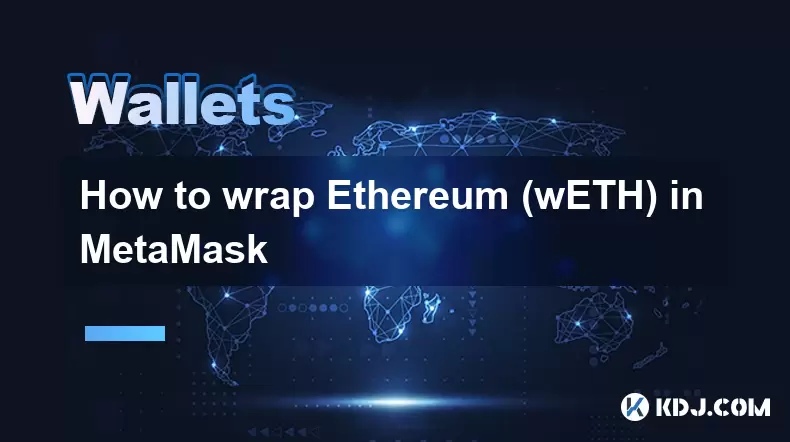
How to wrap Ethereum (wETH) in MetaMask
Aug 13,2025 at 11:36am
Understanding Wrapped Ethereum (wETH)Wrapped Ethereum (wETH) is a tokenized version of native Ethereum (ETH) that conforms to the ERC-20 standard, ena...

How to manage your portfolio in Exodus wallet
Aug 08,2025 at 10:07pm
Understanding the Exodus Wallet InterfaceThe Exodus wallet is a non-custodial cryptocurrency wallet that supports a wide range of digital assets. When...
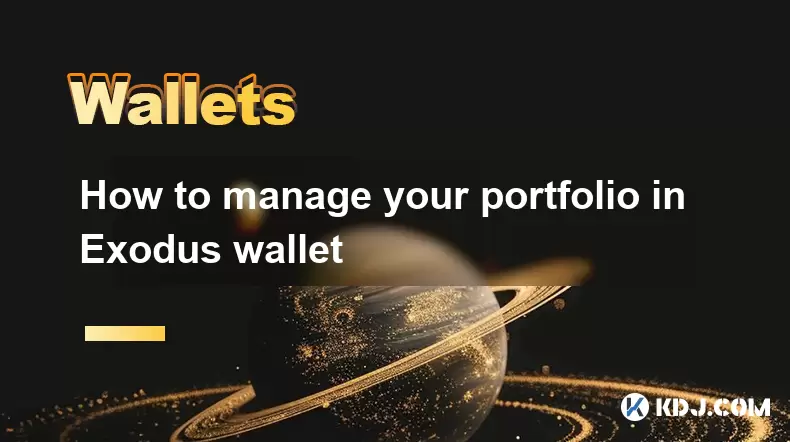
How to manage your portfolio in Exodus wallet
Aug 13,2025 at 11:35am
Understanding the Exodus Wallet InterfaceThe Exodus wallet is a non-custodial cryptocurrency wallet that supports a wide range of digital assets. Upon...

How to reset your MetaMask password
Aug 08,2025 at 01:28pm
Understanding the MetaMask Password Reset ProcessMany users confuse the MetaMask password with the seed phrase or private key, but they serve differen...
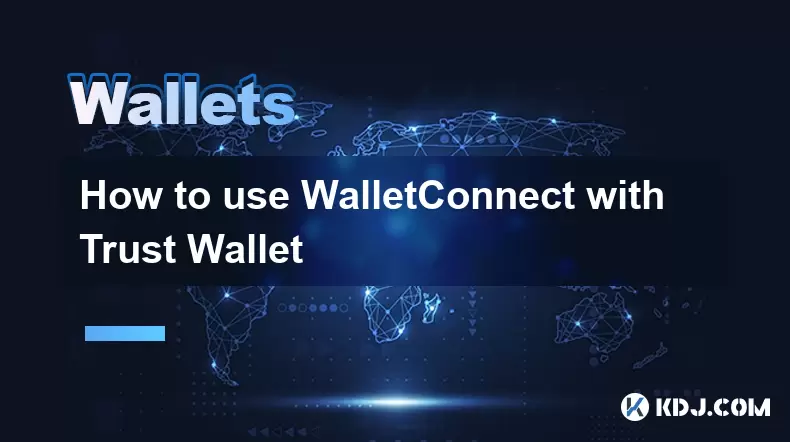
How to use WalletConnect with Trust Wallet
Aug 13,2025 at 01:07am
What Is WalletConnect and Why It Matters for Trust Wallet UsersWalletConnect is an open-source protocol that enables secure communication between dece...
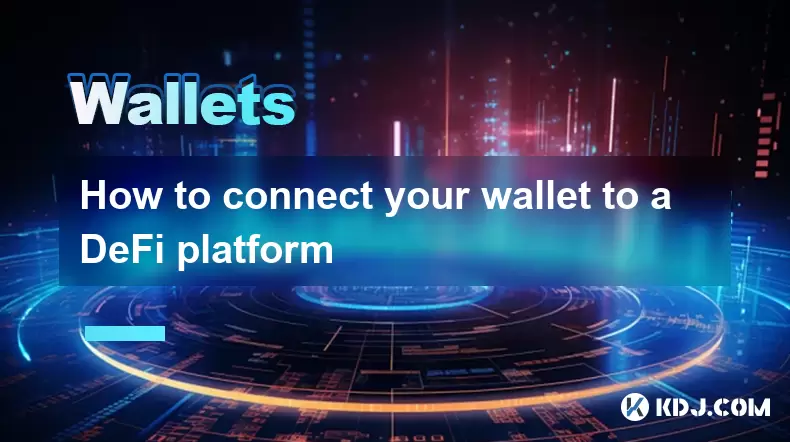
How to connect your wallet to a DeFi platform
Aug 13,2025 at 11:36am
Understanding Wallet Compatibility with DeFi PlatformsBefore connecting your wallet to any DeFi platform, it's essential to ensure your wallet is comp...

How to wrap Ethereum (wETH) in MetaMask
Aug 13,2025 at 11:36am
Understanding Wrapped Ethereum (wETH)Wrapped Ethereum (wETH) is a tokenized version of native Ethereum (ETH) that conforms to the ERC-20 standard, ena...

How to manage your portfolio in Exodus wallet
Aug 08,2025 at 10:07pm
Understanding the Exodus Wallet InterfaceThe Exodus wallet is a non-custodial cryptocurrency wallet that supports a wide range of digital assets. When...

How to manage your portfolio in Exodus wallet
Aug 13,2025 at 11:35am
Understanding the Exodus Wallet InterfaceThe Exodus wallet is a non-custodial cryptocurrency wallet that supports a wide range of digital assets. Upon...

How to reset your MetaMask password
Aug 08,2025 at 01:28pm
Understanding the MetaMask Password Reset ProcessMany users confuse the MetaMask password with the seed phrase or private key, but they serve differen...

How to use WalletConnect with Trust Wallet
Aug 13,2025 at 01:07am
What Is WalletConnect and Why It Matters for Trust Wallet UsersWalletConnect is an open-source protocol that enables secure communication between dece...

How to connect your wallet to a DeFi platform
Aug 13,2025 at 11:36am
Understanding Wallet Compatibility with DeFi PlatformsBefore connecting your wallet to any DeFi platform, it's essential to ensure your wallet is comp...
See all articles

























































































